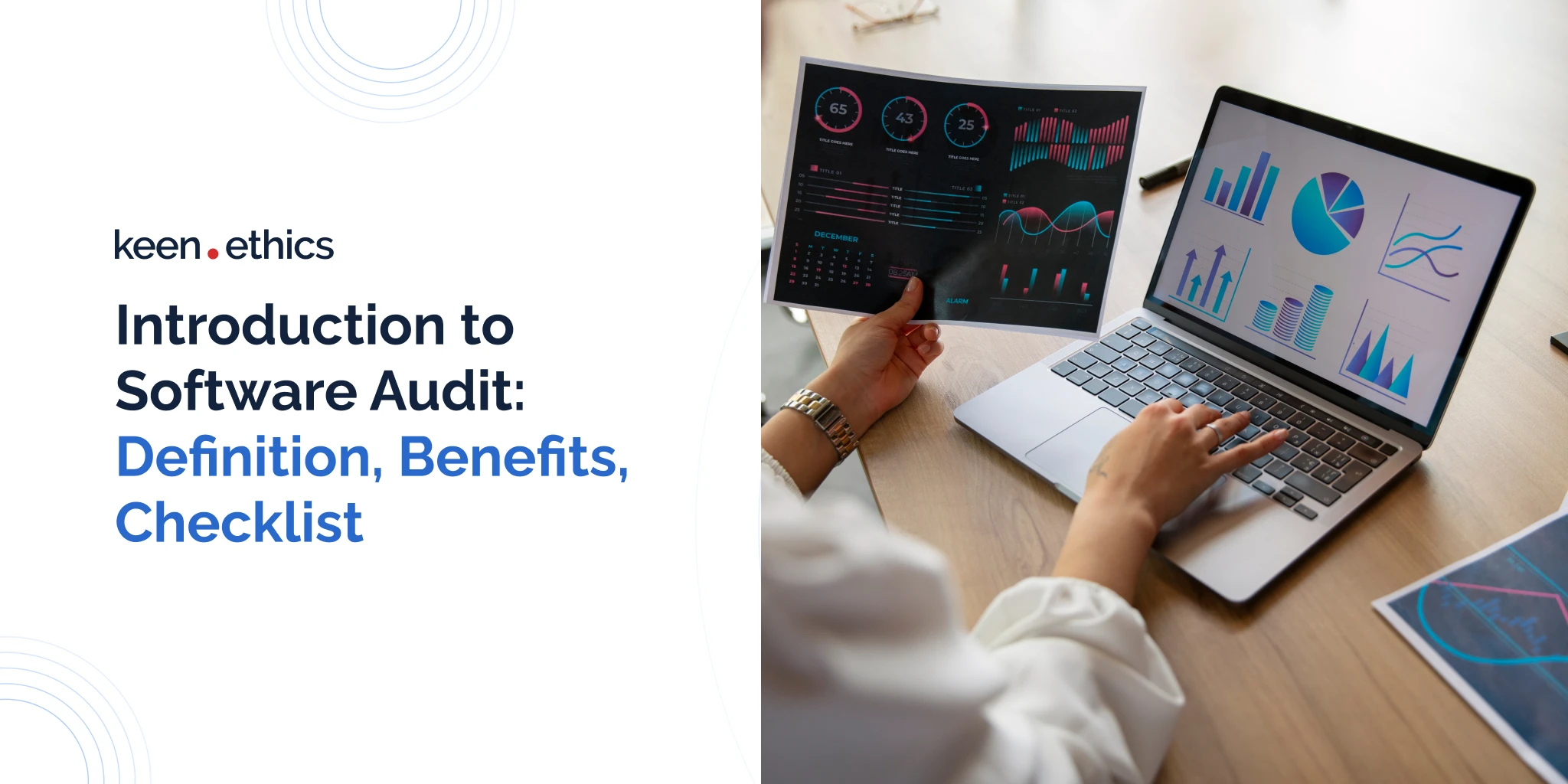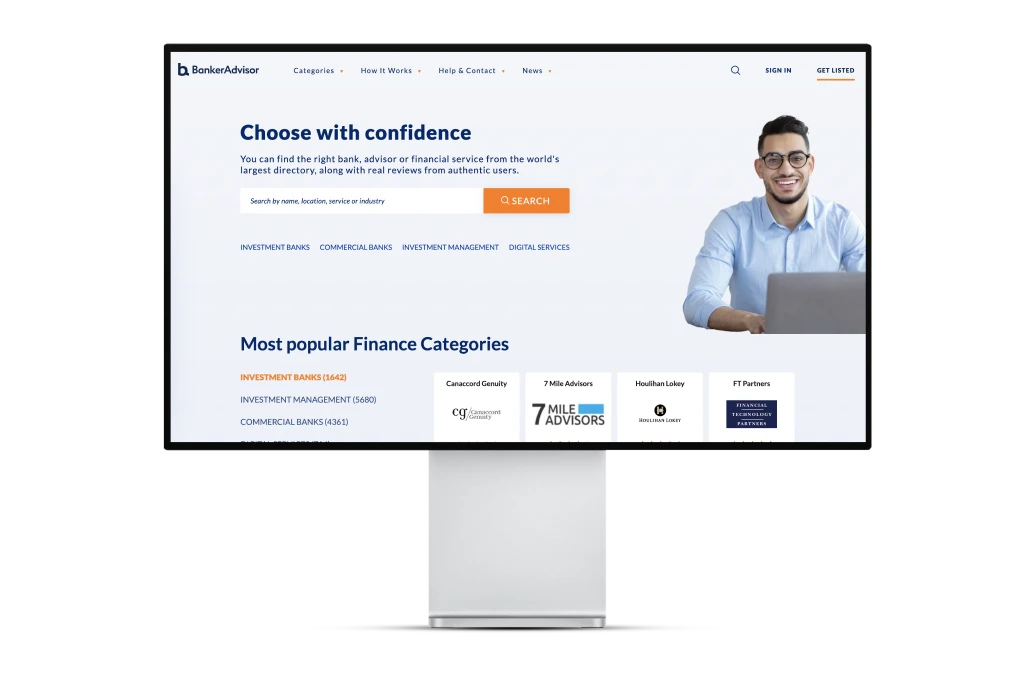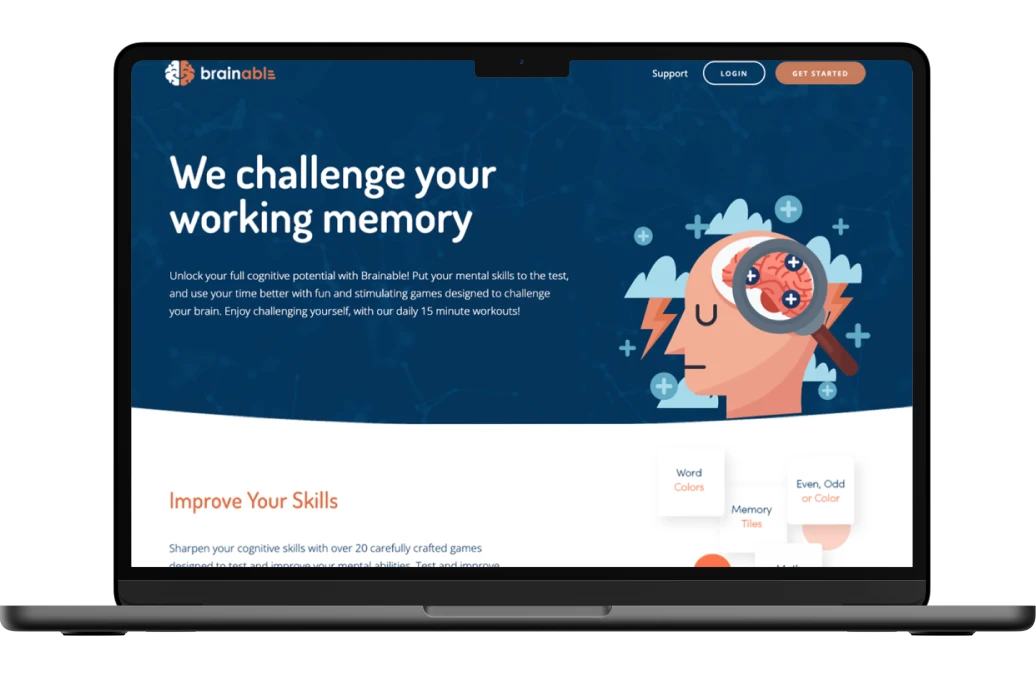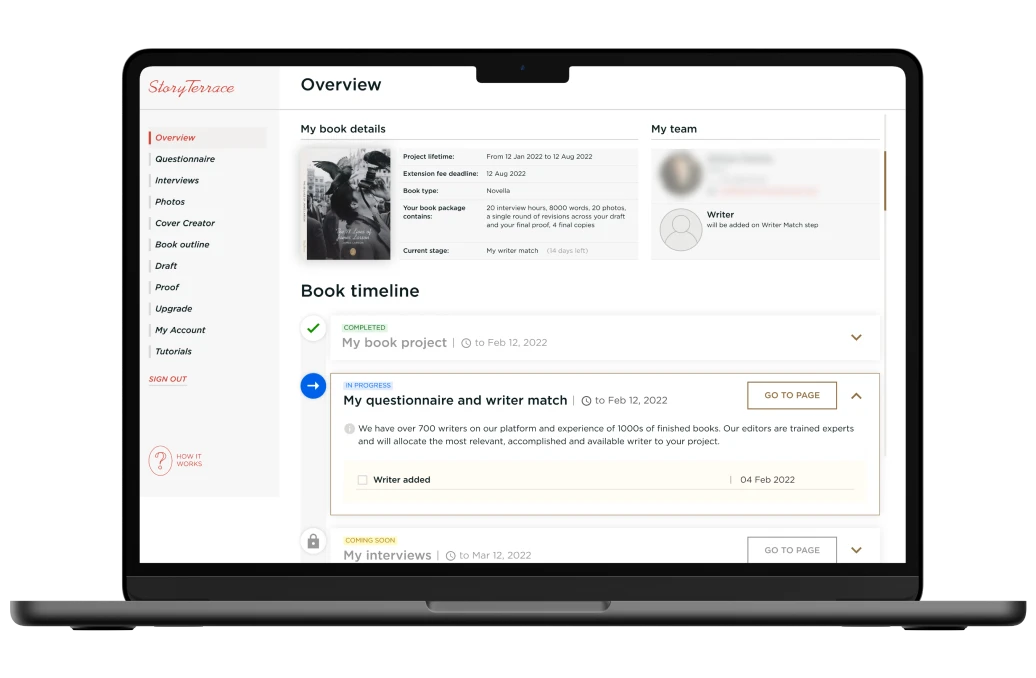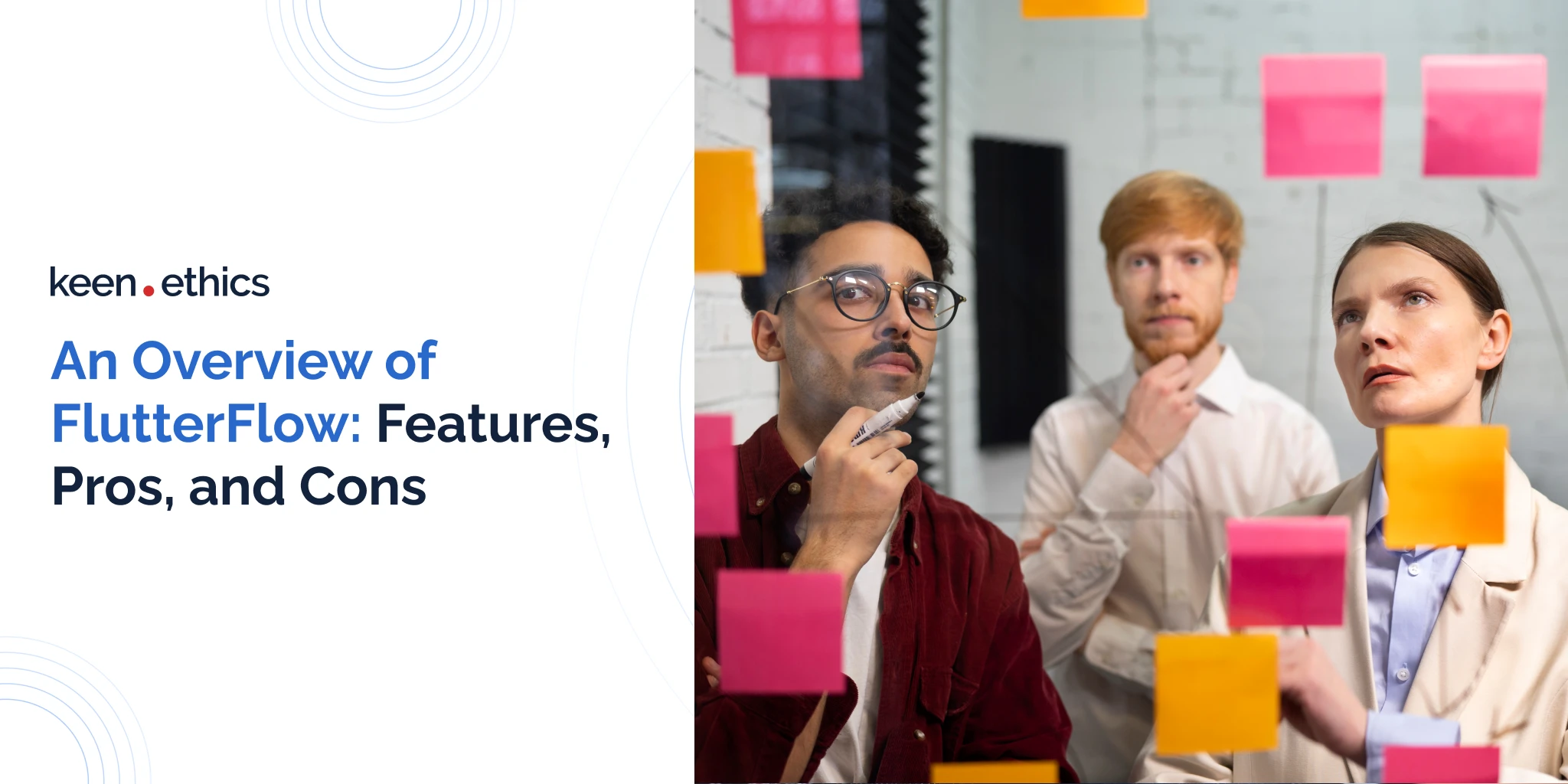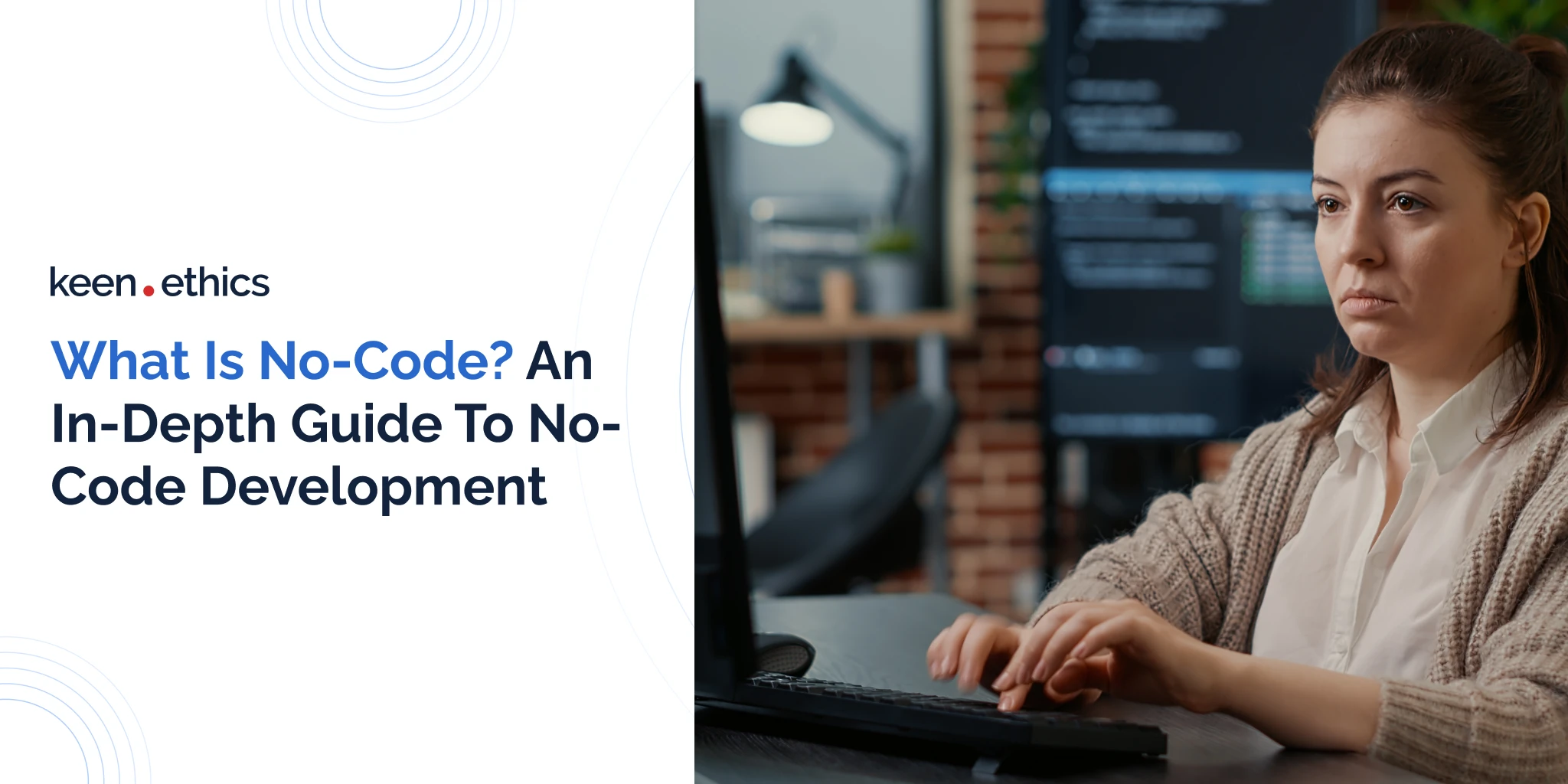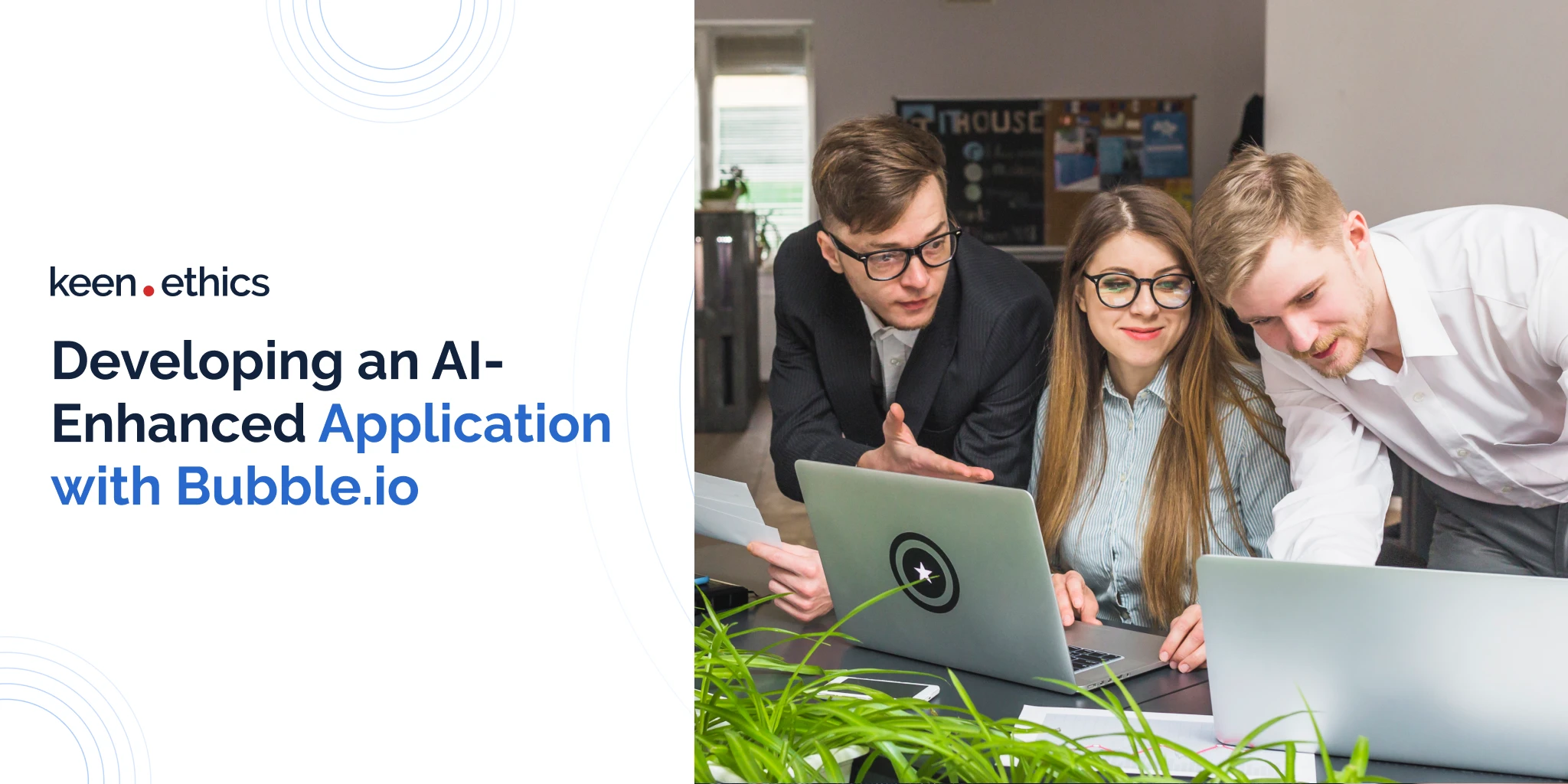Do you want to perform a software audit? This article will teach you how to do one!
Many types of software work in sensitive fields of human activity. This means that any small error can end in tremendous damage to an organization using them. For example, banking software needs to be impeccable to ensure data safety. In this light, the investments in software audits make sense. Within this article, we’ll review the nature of software audits, outline their main types, and describe how to proceed with the audit process. Using this article, you’ll be able to navigate the intricacies of an average software audit and learn what actions are necessary for promoting them.
What is a Software Audit?
Before we proceed with the analysis of an average software audit, it’s crucial to review the definition of this term. Here’s a description of the process that, in our opinion, makes the most sense: A software audit is a process of evaluating apps and systems to ensure they meet industry standards and comply with legal requirements.
Why should one promote any type of software audit? Two major reasons exist to invest in this process. This type of audit helps identify vulnerabilities or errors in the software that could lead to security breaches or other problems. In many situations, the lack of security audits is the key reason behind some major data breaches. According to Ponemon Insitute and Juniper Networks, 65% of the software firms on the market don’t have a sufficient number of security specialists. In this light, investing in a security audit is a saving grace because it decreases the number of problems that will eventually become major breaches. A software audit assists with discovering some situations in which there is, for instance, enough space for social engineering attacks.
Another reason to use software audits is to transform the existing approaches to developing various programs. This process assists diverging organizations with improving their software development processes. Ultimately, this helps one to ensure they’re following the best practices. What personnel would you need to perform a software audit? Usually, trained professionals do the majority of software audits. Those experts need to have advanced experience in software development. More importantly, they must have additional expertise regarding security and compliance issues. Most software audits are performed by large firms.
The reason is simple: professionals must use specialized tools and techniques to evaluate software and provide recommendations for improvements or remediation if necessary. Many of those tools are expensive, and the relevant procedures require the cooperation of multiple individuals. A code review is, more or less, impossible if one person performs it. Several people must look at the apps to make high-quality judgments concerning them.
Understanding the Purpose of a Software Audit
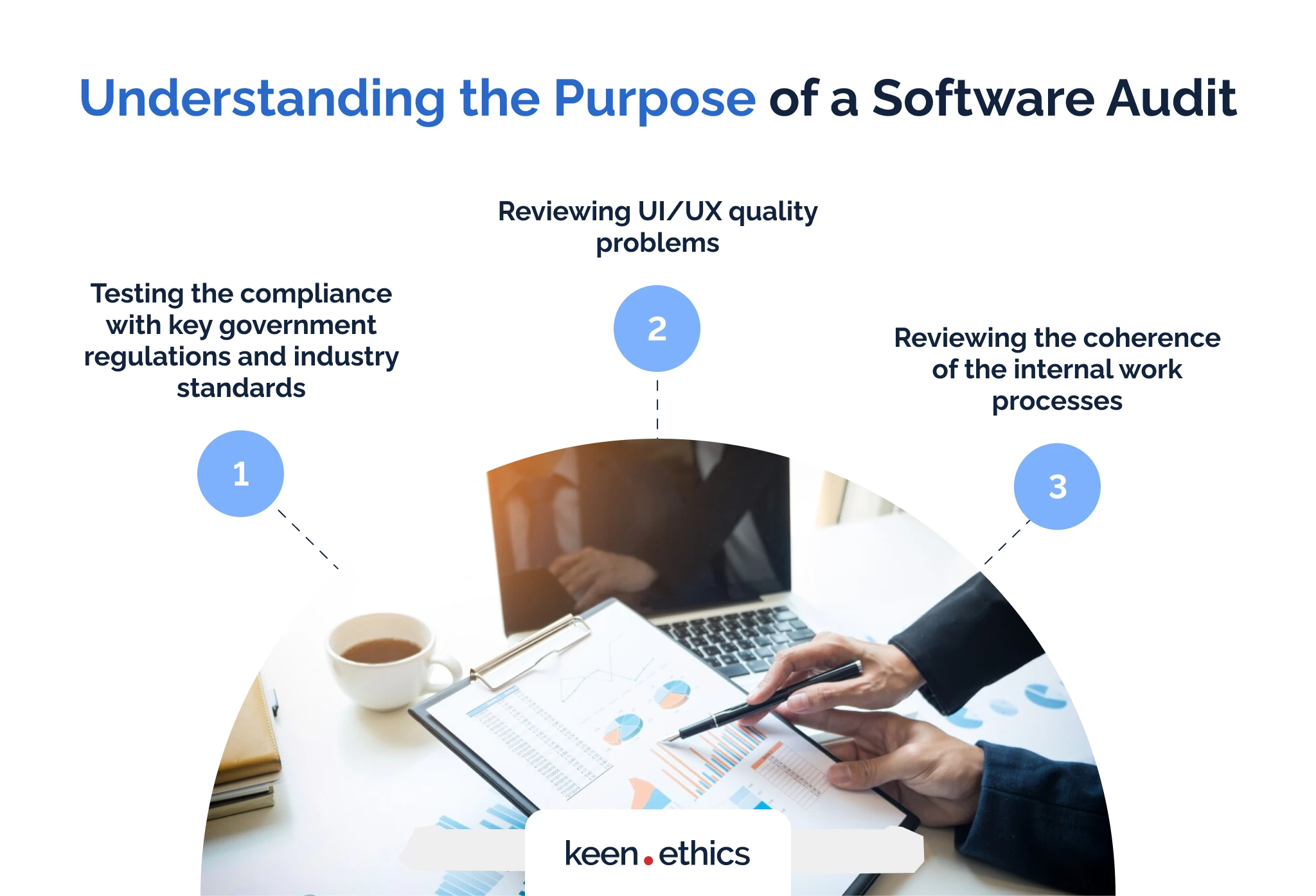
If you want to perform a software audit, you should clearly understand all their key aspects. After all, not every company really needs one. In this light, you should define the goals behind the intervention. Only then will the audit process be beneficial to you. After all, leading organizations on the market note that an average software audit falls into the price range between 35000 U.S. dollars and 150000 U.S. dollars. Always be careful in deciding whether you need one. Here are the key reasons to invest in this field:
Testing the compliance with key government regulations and industry standards
Software in certain fields needs to have approval from the government. What do we mean by this? Certain fields are too sensitive to let the software creators decide if the apps are ready for the market. An error in an app related to construction, finance, or healthcare may end in devastating damage for the average client. For example, a mistake in the code of an app checking blood sugar for diabetes patients has already led to major damage, according to industry experts. A software audit in this field is central for ensuring your app is in full accordance with the existing standards. What are some of them? Healthcare organizations need to be HIPAA-compliant (Health Insurance Portability and Accountability Act) to ensure no major user information leaks occur.
Regarding finances, an organization may have to comply with online-centric regulations such as the GDPR (General Data Protection Regulation). Software auditing involves the analysis of code and app functions for any irregularities regarding adherence to key standards. It’s a good way not only to ensure that an app is following the existing standards but also to transition towards compliance. A dieting app built on practical knowledge should eventually transition to proper compliance. In short, this type of audit is crucial if you work in a sensitive field. It’s also essential to review general data security issues: laws such as GDPR involve, more or less, all apps on the existing market.
Reviewing UI/UX quality problems
Not all problems of modern software have to do with regulation-related issues. A big aspect to consider is the quality of the relevant apps from the usability standpoint. A software audit can be useful to discover why your site is losing customers. Firstly, it’s plausible that it has technical problems. The site may be loading too slowly and, as a result, be annoying to the average client. Secondly, the visual aspects of the site can be problematic. A common issue is the usage of low-quality images or an overabundance of text.
Regarding apps, the challenges seem to be similar. Why are iPhones and MacBooks so popular despite offering hardware that is often worse than that of the competitors? They deliver an experience so well-optimized and user-friendly that few other firms provide something similar at the same price range. The card-centric learning app Anki is more powerful than its simplistic competitors, such as Memrise. Yet, Memrise has more users and features a better-recognized name on the market. Why is that so? The key reason is the user-friendly nature of the app.
So, what does a software audit involve in such situations? Three major steps manifest in this case. Software auditing specialists can test the overall experience of your app from the standpoint of the user. Then, they’ll look at the code behind the app and judge what elements cause slowdown or overcomplexity problems. Then, the plan is to review if they can be rewritten. Lastly, such a software audit involves recommendations regarding the redevelopment of an app. Numerous software audit companies also have development departments that can modernize your app. If you’re interested, we at Keenethics deliver high-quality software audits for our clients. We can help you analyze the overall user experience and then assist with the redevelopment through our custom coding services.
Related Services
UI/UX DESIGN AND DEVELOPMENT SERVICES
Reviewing the coherence of the internal work processes
Many problems that befall modern corporations concerning software quality result from deficient internal work processes. As a result, it’s logical to consider the process reviews as a part of software audits. They allow one to discover what processes lead to critical bugs during development and how to close the gaps.
Open Access Government, a digital publication concerned with governance issues, reports that employees tend to be the largest security threat for most organizations. In this light, no code-centric software audit can work without the attention to the processes governing the work of the employees.
So, what are the major reviews one can do at this stage? The first type of review is the analysis of the coding practices. Countless software errors may start from the HR phase: if a company hires specialists without experience or who are irresponsible, problems are inevitable. A good software audit helps introduce the new practices essential for overcoming the lack of quality assessments or problems with employee discipline.
The second way to perform a good software audit is to review the relevant apps from the standpoint of the average user. In this regard, one can discover unsafe practices such as weak passwords and even password sharing. By eliminating them or adding some precautions to the software (for instance, two-factor authentication), a specialist can guarantee the long-term security of their app. Remember: software threats aren’t only about development issues. The average user can disrupt even the best efforts of the developers to prevent major security breaches.
An Overview of the Four Different Types of Software Audits
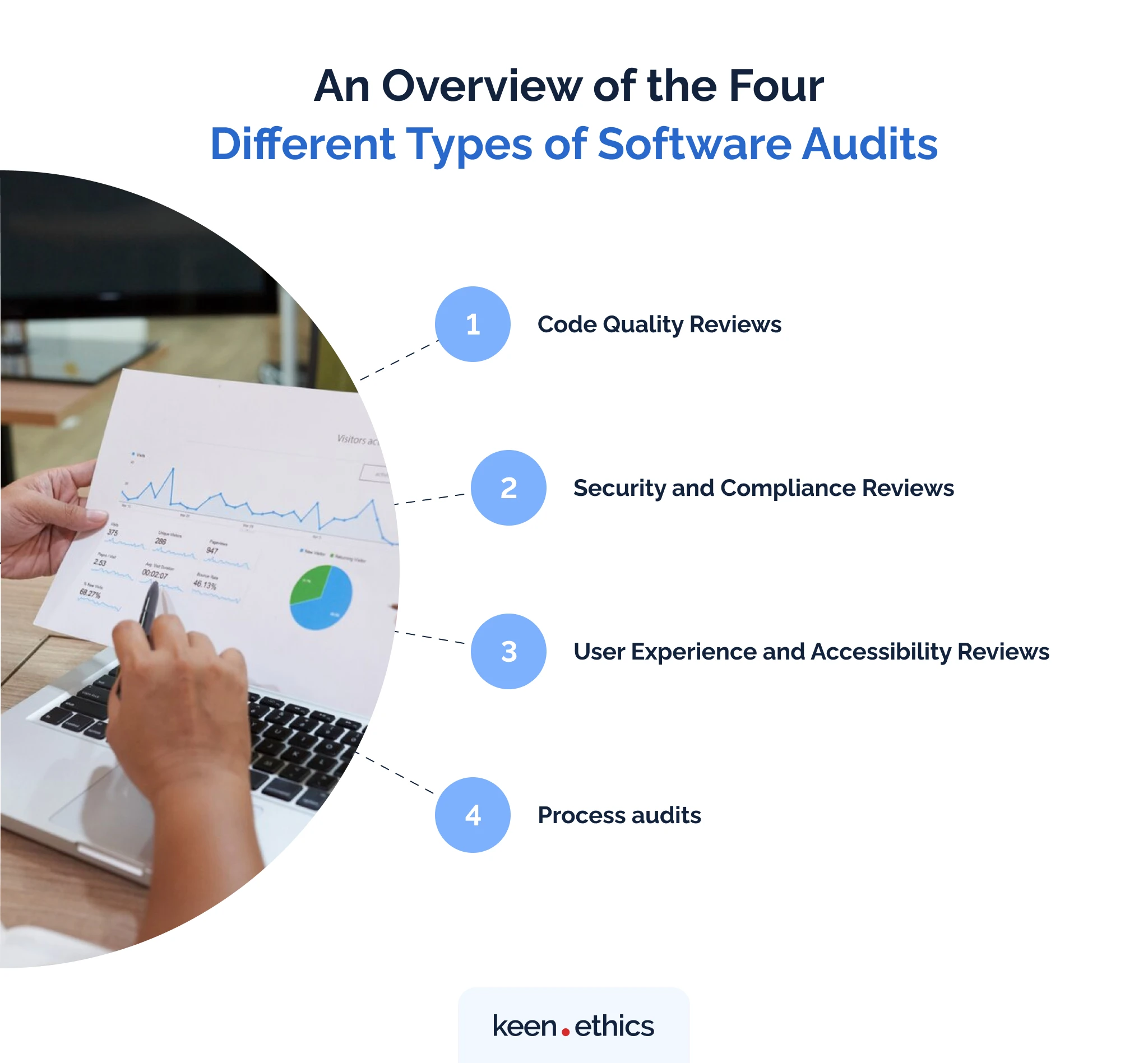
Four different types of software audits exist on the market. Here are the core frameworks you need to consider:
Code Quality Reviews
The first type of software audit involves the overall quality of code. Despite bad software engineering, many apps perform their functions adequately enough for the clients. Nonetheless, they may be riddled with internal errors crucial for the long-term security of an app. For example, the lack of proper code audits led to a major information leak for OpenAI, the producer of the famous and extremely popular ChatGPT platform. Due to the bugs in the software of the business, the hackers could see the prompt requests of the premium clients. Some might have contained personal issues (for instance, questions about treating certain diseases).
To prevent such situations, the best option is to make a major investment in code quality audits. In this respect, the specialists can look at your internal code and, if necessary, even review the open-source components you use. This will allow you to find the problems in the code and patch them. Such an approach is especially potent if combined with other audits.
Security and Compliance Reviews
In our opinion, security and compliance reviews, more or less, have much in common with code analysis, even though they go beyond this aspect. Firstly, they indeed involve the review of the code for vital bugs and problems with adhering to the existing security standards. Secondly, the overall program structure also may be of interest. Even if an app has good code, it can fail at a software audit. Security also involves personal information disclosure policies, for example. The decision to store user profiles in plain text files may be accompanied by good code.
One should also comply with common-sense strategies such as encryption to ensure security. A good security audit also involves compliance with key regulations on the market. Common regulations include the aforementioned GDPR and HIPAA. An inability to adhere to them may not be crucial for the client’s security, but it can lead to massive fines from the government. In this light, security and compliance audits help protect your solution against both safety gaps and problems with governmental organization interventions.
User Experience and Accessibility Reviews
A big aspect of promoting app popularity is a comfortable user interface and experience. Let’s use an example of open-source terminal apps in the presented situation. They often have strong customizability. If one looks at YouTube, people make amazing things with code-writing apps like VIM. What’s the problem, then? They’re extremely difficult to configure and apply. One has to remember diverging commands and adjust their work processes to an entirely different framework than those in other apps.
UIs appeared on the market for a reason: they make apps user-friendly. Yes, they remove advanced features. However, most users don’t need every function out there. Instead, it’s enough to cover some basic use cases without requiring major time investments for learning an app. Many people don’t need to know twenty diverging formats and different quality settings while converting a file. All they want is to press a button and get the results.
The goal of user interface and experience audits is to help the firms minimize the amount of learning a user has to go through while using a site or an app. The easier it is to learn an app, the more people will likely consider using it. Basic functions should be easy to access; something more complex can be hard to master, as long as it doesn’t touch upon most users. User experience audit may help you ensure your app follows positive practices and respects the time of the users by delivering a distraction-free environment for them.
Process audits
Lastly, many problems with diverging apps, as we’ve mentioned before, stem from incorrect processes. Midia Research notes that the modern video game industry is a perfect example of this challenge. Many video games include complex code and functions never before seen in entertainment history. Mere 20 years ago, the public would have been shocked by the industry’s progress. Nonetheless, massive skepticism and protests among users are becoming increasingly common. A big problem for gamers is that video games don’t function well. They have countless bugs and even tend to lack promised content in extreme cases despite the ever-rising budgets in the industry. In this regard, the key problem is with the processes.
Many companies don’t invest in quality assessments. Video game testers are among the most underpaid groups in their sector. A good software audit would immediately highlight this problem. There are many great developers in the sector. What the industry lacks is the proper testing of the code. The problem isn’t with the professionals but with the processes. If one starts hiring more testers and paying them more for their hard work, the situation will improve. This problem isn’t only gaming-related: current data indicates software companies try to save money on testing. This problem tends to result in devastating reputation damage. In some cases, the businesses have to pay tremendous fines and compensations. A good process audit can reveal internal problems.
Most Important Software Audit Preparation Steps
Gather all necessary documentation
The first step in preparing for a software audit is gathering all necessary documentation related to your software. The individuals who perform an audit may ask for the diverging types of information. You should have all licenses and even code review data in place to assist with the analysis. Collecting this information before the audit is vital because it tends to be expensive. If the auditing organization charges hourly, there’s a risk of spending extra money while you search for documents. Prepare everything you can to maximize the probability of success.
Review software usage and compliance
The next step is to review the usage and compliance of your software. For example, your app can function in strict accordance with regulations such as GDPR, but the open-source apps used for some components may lack adherence to the necessary standards. Another common problem is that you may be violating the license agreements of the supporting software. Some open-source libraries can feature prohibitions aimed at limiting their use in proprietary software. Sometimes, changes in the licenses may occur between versions. This information is easy to check yourself for big libraries. Such an approach can save time within software audits.
Conduct an inventory
It’s important to conduct an inventory of all software used within the organization. This includes both licensed and unlicensed software. Problems can hide within the minor apps and libraries you use. A good software audit checklist involves the analysis of such information. However, why waste the time of the experts on something as trivial as this? By collecting this data, you respect the auditors’ time and save funds dedicated to their services.
Identify potential gaps
During the audit preparation process, it’s important to identify any potential gaps in compliance, security, or, for example, UI/UX design. This may involve reviewing internal policies and procedures related to software usage. Why is this important? By pointing out the most obvious problems, you can direct the specialists towards the issues that concern you and, once again, shorten the software audit process.
Set up the audit
Finally, it’s important to prepare for the audit itself. You should assign people tasks such as communicating with the auditors or providing them with requested documents. Another important aspect is to set up a comfortable workspace for them and assign a clear set of dates for the cooperation. A good idea is to also think about the basic needs of the individuals. If they come to your office, it may be a good idea to consider their nutrition, too. In short, preparing for an audit is an administrative task too.
Exploring the Advantages of a Software Audit
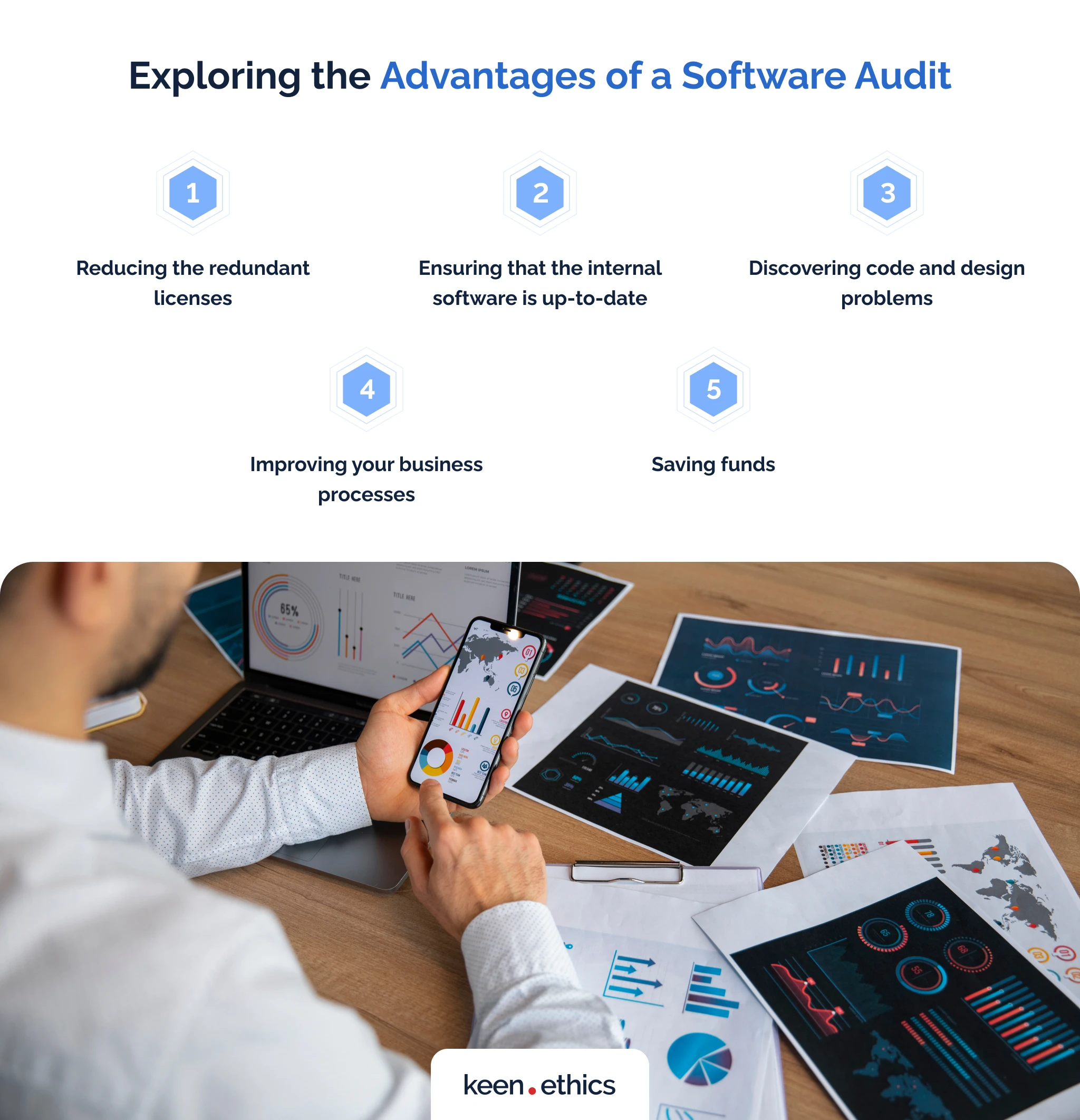
What are the key reasons to perform a software audit? After all, it seems to be a painful process that can reveal the incompetence and errors of many employees and managers. Here’s the list of the key things you should consider:
Reducing the redundant licenses
Some software is unnecessary for the existing code of an organization. For example, there’s no longer any need to pay for server operation if you’ve transitioned to cloud services. Another common situation is the reliance on proprietary libraries and solutions. With time, good open-source alternatives appear for them, making proprietary licenses unnecessary. A good software audit checklist always involves the removal of redundant libraries. It’s also great for checking any license changes. If an app becomes proprietary, it makes sense to transition towards open-source solutions, for example.
Ensuring that the internal software is up-to-date
A big problem for the security of many organizations is that they don’t update the apps used in the internal processes. For instance, some companies tend to use outdated/legacy versions of solutions such as WordPress because much of their code is tailored toward that particular version. Obviously, the transition to the new versions will be painful and require the rewriting of many components. However, new versions of the supporting software tend to close the internal vulnerabilities of the existing frameworks. Apps like WordPress are the constant target of attacks from diverging hackers. If one doesn’t update the key versions on time, there’s a major risk of breaches. In this light, a software audit can become a wake-up call for you; especially if the outdated app is small (for instance, an audio library). What is a software audit? It’s a way to improve security and minimize bugs.
Discovering code and design problems
Often, managers and coders tend to be too optimistic regarding their work results. They consider certain apps impeccable in terms of looks and see their usability as outstanding. However, the reality may be different: modern audit specialists tend to know the most advanced industry standards and can point out legitimate problems with the relevant design. Code and design requirements tend to change. A good software audit will unveil what aspects need a major transformation.
Improving your business processes
A big reason to hire people to perform a software audit is to also analyze the internal business processes. As we’ve mentioned before, some problems with the software aren’t a result of a low-quality workforce. They may stem from hectic management or the tremendous overwork people face. In this case, a software audit process is a perfect way to remove the management problems. A good audit doesn’t only analyze software but also the approaches to developing it.
Saving funds
The final benefit stems from all the positives mentioned in the presented section. By removing code issues and boosting your design, you can greatly improve the long-term robustness of your firm and, as a result, save a lot of money. For example, removing bugs is a perfect way to avoid fines. Companies tend to pay tremendous amounts for data leaks. Writing for CSO Online, Michael Hill outlines twelve data breach cases with exorbitant fines. In one case, they reached more than 1 billion dollars. Such a fine is sufficient to bankrupt even a big business. A software audit may be crucial for your firm because it greatly reduces the probability of such problems coming into being.
5 Steps to Perform a Software Audit Process
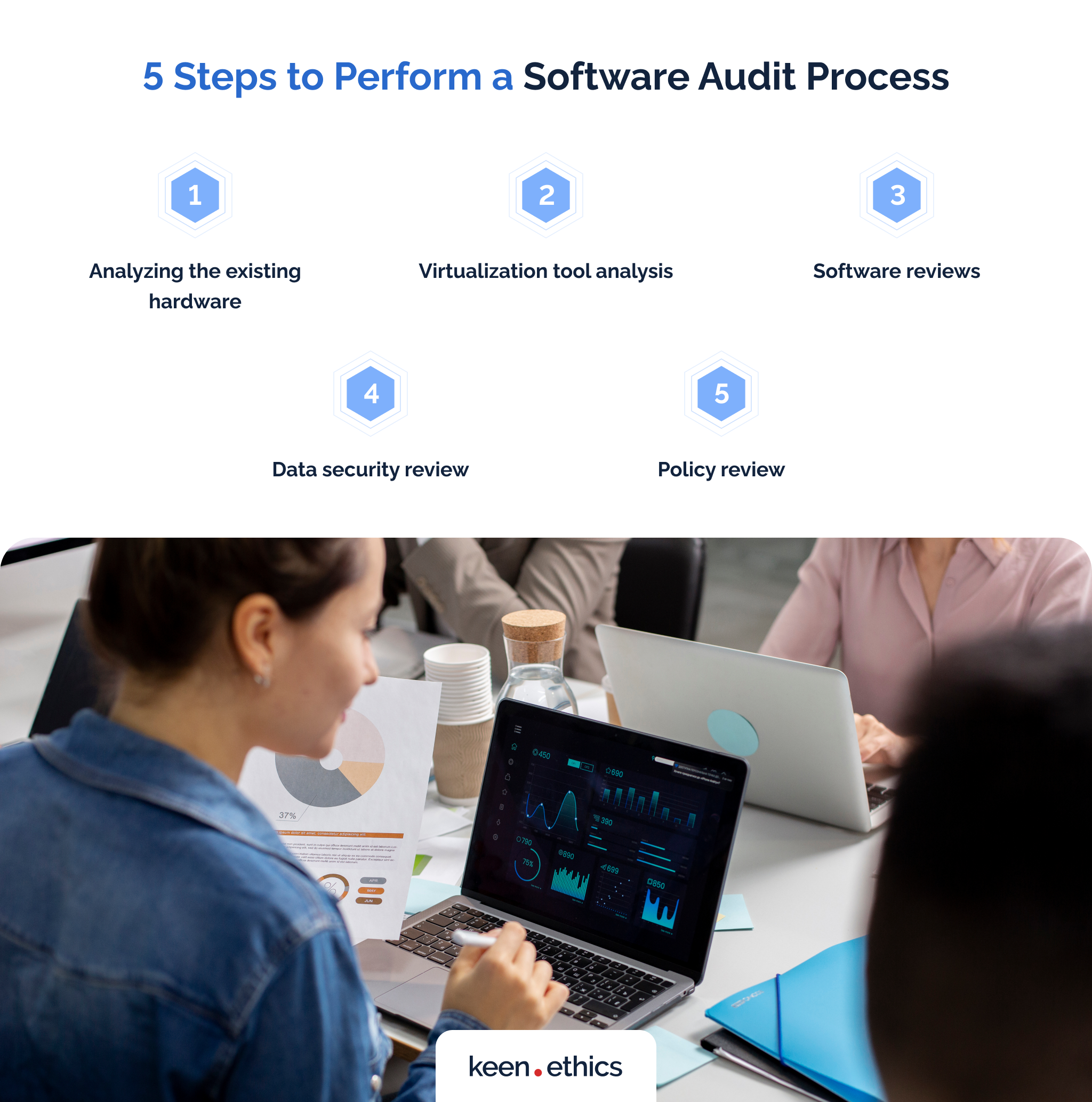
Several steps are crucial for performing a full-scale software audit. In this case, we’ll review the key factors you should consider for a good software audit process.
Analyzing the existing hardware
A significant number of hacks that can disrupt the security of your systems target specific hardware. For instance, some exploits disrupt the Intel Management Engine (Intel ME), which monitors the long-term safety of a PC even in a switched-off state. CSO Online notes some hacker groups have managed to create proof-of-concept exploits for breaking into the software of the presented technology. This means the organizations with the most vulnerable pieces of data have to either disable Intel ME altogether or find patches that close the exploits.
An analysis of the hardware can highlight many of the presented weak points in the long-term security of an organization. Many devices have high-quality patches and updates for the vulnerabilities. By performing a hardware review, you do everything to enhance a software audit. The goal of hacking software is to disrupt hardware, after all. Never neglect this aspect of an audit: even a printer may become a point of entry for hackers.
Virtualization tool analysis
Many companies use a significant number of virtualization tools. Firstly, they’re crucial for testing software on diverging operating systems without investing in many personal computers. One can install dozens of virtual OSes, making the review of the key software problems easier. Secondly, virtualization is of interest for making the hardware use more efficient. The developers can set up multiple servers on one potent device using virtual tools. This technology is essential for cloud services. Lastly, they’re great for sandboxing various threats. For example, Chrome OS is revolutionary because it puts all vulnerable software (Android and Linux apps) into a virtual environment. Simultaneously, the core of the system is isolated from other apps, working under read/write protection protocols. All this allowed the system to be the only product on the market with no active ransomware threats.
The problem with virtualization tools is that they add another layer of potential vulnerabilities for the software developers to handle. The best way to minimize security threats is to have minimal software layers in one’s technology. The more apps you have, the greater the probability of someone breaking into the gaps caused by their internal problems or unexpected interaction issues. This problem isn’t critical: Google uses virtualization tools as the basis for one of the most secure OSes on the market. An analysis of the virtualization tools during a software review is the best path to guaranteeing maximal security. If you run every important task in virtual spaces and review their interactions with other apps, many key risks decrease significantly.
Software reviews
The review of the software used in a firm is also essential. The most common type of exploit includes some bugs in the apps one uses. For instance, the problems with a Linux terminal can be used to get root access to your system. If, as we’ve mentioned before, all processes are already in the virtualized systems, the issues in the key software can still be problematic. How exactly? Even one virtual machine can have a lot of important user data.
In this light, reviewing the software you use is the best way to ensure security. For banking software or various financial organizations, an important step is to focus on fully reviewing the apps and libraries they use. This is a reason why open-source libre software is so popular: it’s great for business because one can analyze the security of software and make a full-scale judgment on it. A good software audit process always involves the review of app security and, more importantly, the transition from closed-source apps to open-source ones regarding the supporting frameworks. You should always review all the core apps that can disrupt your ability to deliver client services.
Data security review
However much you try, some data breaches will likely occur. Good security can minimize the number of bad occurrences but can’t remove them entirely. The only way to ensure long-term data security is never connecting to the Internet. Even in this case, however, some employees may leak the data via USB sticks or smartphones. In this light, you should store data in formats requiring much time for hacking. Modern encryption methods are strong enough to make files so impenetrable that a fully functional quantum computer will be necessary to break into them.
Policy review
Every development process requires some procedures. For example, you may have specific practice requirements when developing an app. In this light, as we’ve mentioned before, all types of software audits require analyzing the procedures and policies you have. An insufficiently detailed framework for testing software can, ultimately, lead to long-term issues with the quality of an app. Problems with data security practices (for instance, even today, some people write their passwords on sticky notes and put them near computers) among the non-technical staff are also a vital issue.
Software Audit Checklist For 2023
Do you want to know what practices are crucial for all types of software audits? Here’s a good checklist you should consider:
1. Verify the software license agreements are up-to-date.
2. Ensure all software is being used within license terms.
3. Check for unauthorized software installations.
4. Verify that all software is up-to-date with the latest patches.
5. Confirm that all software is compatible with the current hardware.
6. Check for any security vulnerabilities.
7. Verify that all software is properly configured.
8. Ensure that all software is backed up regularly.
9. Check for any unauthorized modifications to software settings.
10. Verify that all software is being used for its intended purpose.
11. Analyze if there’s a possibility to transition to open-source solutions.
12. Review the practices of development.
13. Review the use cases regarding your app to minimize the approaches that raise the long-term dangers for the average users.
Conclusion
What is the process of auditing software? It’s a process of removing issues that can cause problems with the security of your app and its perception among the users. A good software audit can better the user experience and minimize data leaks. We heavily recommend investing in it because such an approach is a perfect way to boost the income of your app. Our firm is ready to assist if you’re interested in a high-quality audit. In this respect, we perform UI/UX audits, offering high-quality help with improving the long-term impression your app creates for the users
FAQs About Software Audit
What steps are crucial for a software audit?
When conducting a software audit, it is crucial to identify all the software used within the organization. Next, verifying licenses and ensuring compliance with relevant laws and regulations is important. Finally, the audit should include an analysis of potential security risks and recommendations for improvement.
What types of security audits exist on the market?
There are various types of security audits available in the market:
- network security audits;
- application security audits;
- cloud security audits;
- compliance audits;
- UI/UX audits.
Why should one do a software audit?
One should do a software audit to identify vulnerabilities and risks in their software systems. This helps ensure the software is secure and protected from unauthorized access or cyberattacks. It’s also important to comply with industry standards and regulations.
Our company knows how to perform them: don’t hesitate to contact us.

